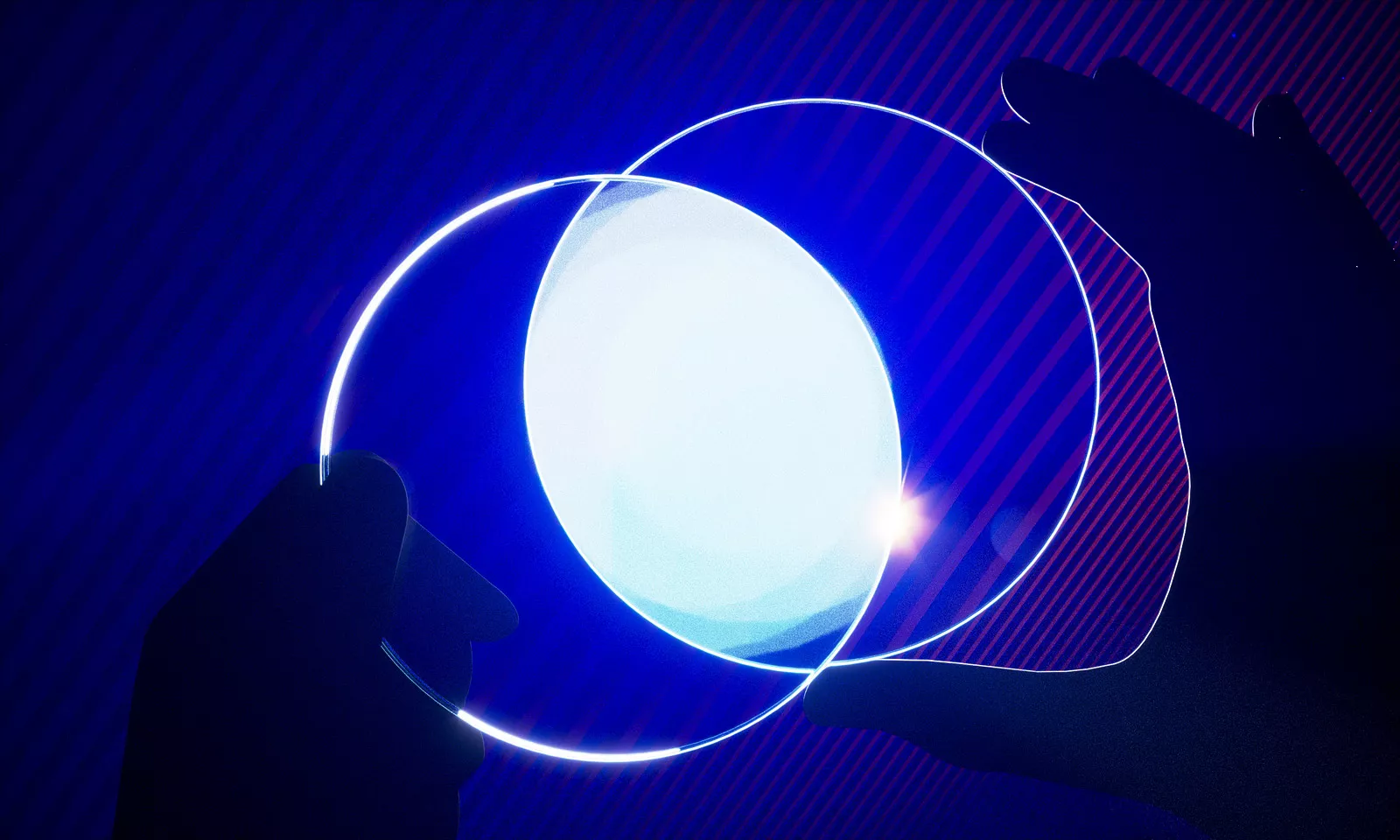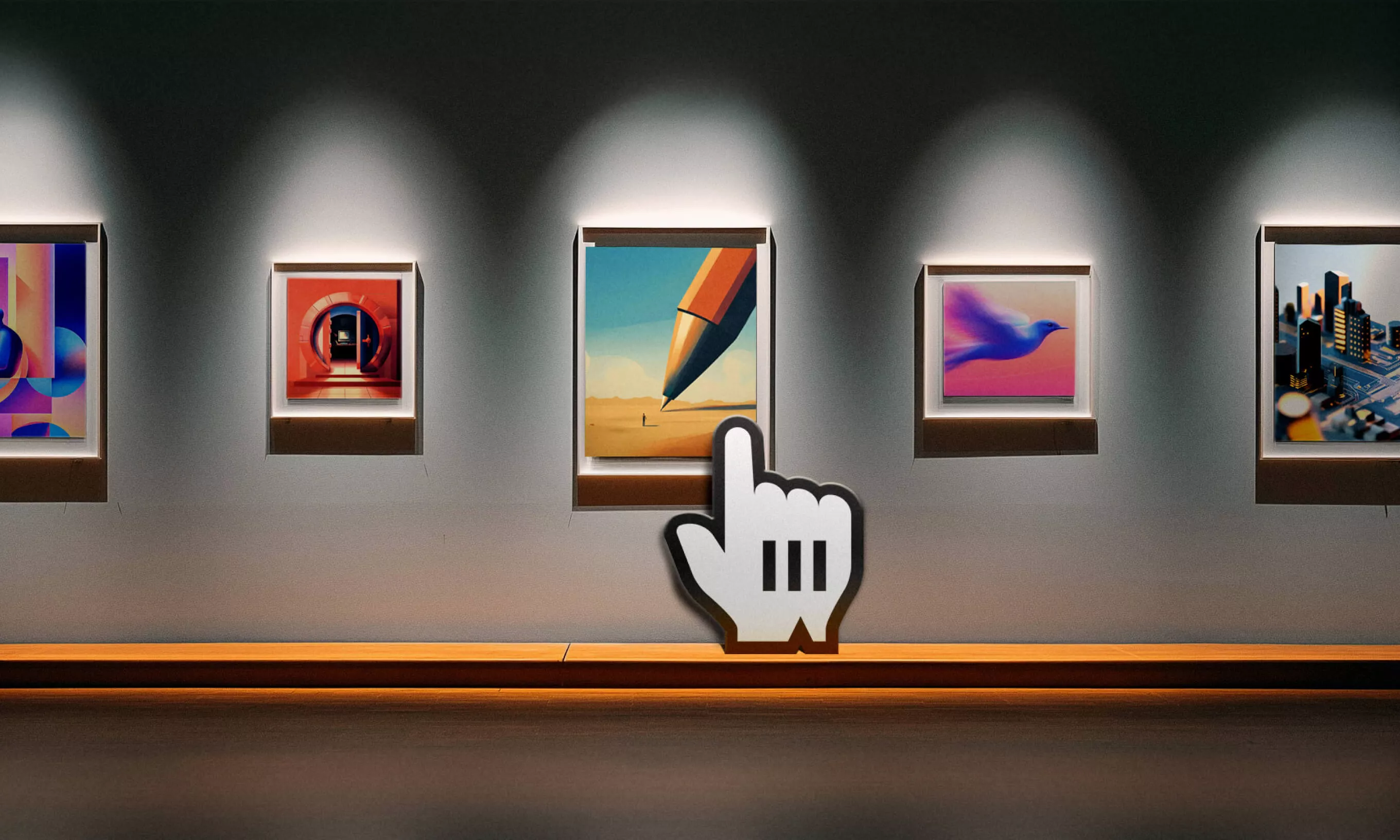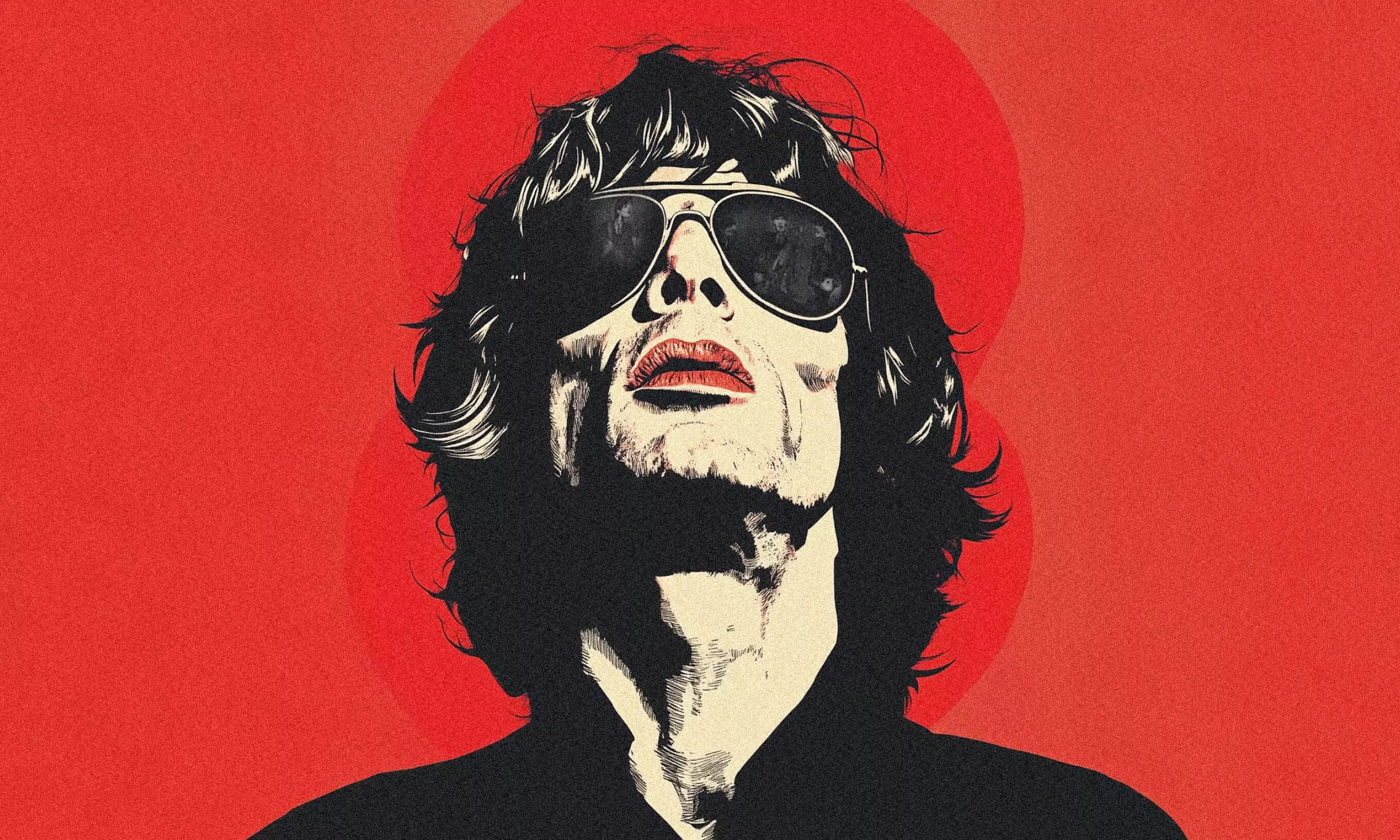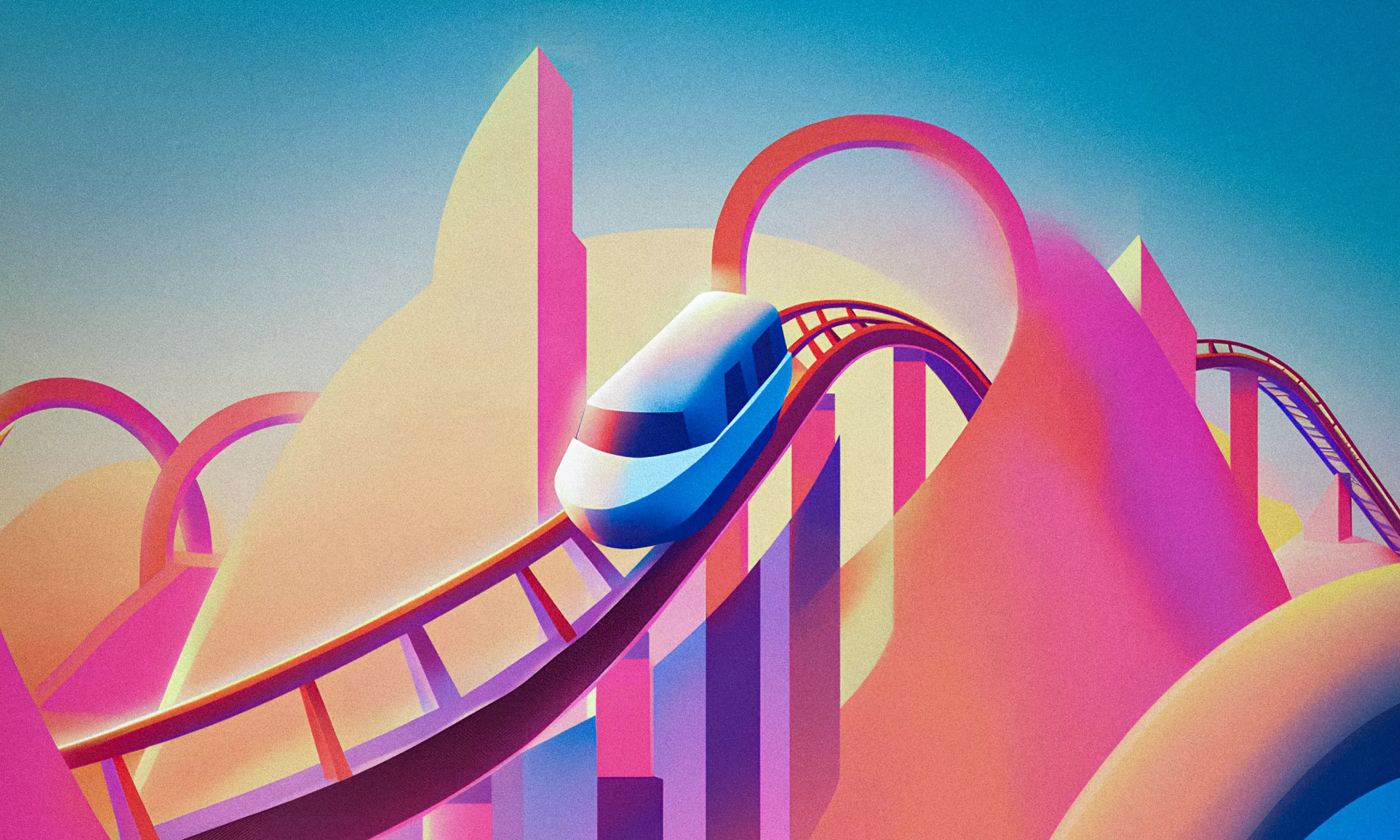A while ago, while I was leading a design team of 15 members in an international engineering students’ association, I would often hear people say that they wanted to join the team. Yet, few would even sign up.
The stick-to-what-you-know mentality
Whenever I asked why they didn’t join, I got the vibe that the majority simply didn’t believe they had what it takes – enough knowledge about design to begin with or the confidence that they would ever acquire it.
Even today, as I collaborate on a daily basis with engineers and other non-designer colleagues established in their respective professions, I often witness many of them are interested in design, but very few actually get around to educating themselves or exploring another discipline.
Engineering is perceived to be a technical field, while design is thought to be creative work – but who says that combining the two isn’t a winning formula?
The best of both worlds
I‘ve always been interested in technology and science but with a wish list future profession. After high school, I enrolled in the Faculty of Electrical Engineering and Computing, earned my Bachelor’s degree there – and then I decided to pursue a Master’s in Design. Wait; what?!
As you might assume, I’m the biggest proponent of taking a multidisciplinary approach to things. Here’s how each of these disciplines, Engineering and Design, contributed to me becoming a better digital designer.
What’s taught at engineering uni that designers should know
Building software 101
One of the basic things I learned there is how to work on software. I had to get familiar with a vast number of technologies, architectures, and programming languages. That’s how I got to know and remember things that are common in most projects. Also, during my education, I had to work in teams with goals to create functional web or mobile apps – that’s what I do as a designer, as well.
Problem-solving skills
In tech school, everything revolves around developing problem-solving skills. Learning about technologies that helps solve problems. When new issues emerge, you explore new solutions. That’s how science works. Funny enough, that’s how design works as well.
As a digital designer, I solve problems with solutions that are visual, organizational, or experienced. However, the logical reasoning behind proper problem-solving is always the same. A wide spectrum of math-related subjects really improves logical thinking.
A technical perspective
Needless to say, technical education meant learning about some tech-specific stuff. I got to know the frameworks, when it’s better to use waterfall, and when agile can be more efficient. I learned how to read entity and sequence diagrams and about how they are useful in the early design stages. I got to know the difference between native and custom components. These things are not taught in design schools, although they are crucial in digital design.
Communicating in the tech lingo
In most digital agencies, developers make up to 70% of the workforce. At Infinum, among some 270 people, there are 25 designers. Working in a digital agency, this means one will spend most of the time collaborating with developers. Knowing their lingo and way of thinking is a huge plus in reducing the gaps between design teams and development teams.
Why the design perspective is priceless
A user-centric perspective
One of the fundamental skills of a designer is to be able to step into the user’s shoes, and I’ll admit that focusing on understanding technicalities made me step away from the user-centric way of thinking. A typical design process includes conducting target audience research, interviews, leading workshops, brainstorming sessions, defining concepts, and usability testing… The list goes on.
That’s a lot of interactive work with people from all kinds of backgrounds, together with a bunch of data to process. The crucial part of the complete workflow is making decisions with confidence.
Both creativity and efficiency
While the sense for well-organized and structured output is always desired, it should never limit visual creativity skills. Fresh and exciting experiences should have a dose of thrill, along with an innovative look and feel. It took me a while to unleash my creativity, beyond focusing on efficiency and optimizing everything. That’s also why it makes sense that plenty of designers are from an art background, doing excellent work in agencies.
The design community
Another aspect I missed out on in the beginning was being part of a community. Design schools connect you with experienced designers from the early days. That is really helpful since networking and learning from the right people are crucial to kick-start a career. It is not easy to connect with other designers when you are in a tech school, so I only truly became a part of the design community after diving right into the field and starting my Design Master’s.
Dare to explore the unknown
At first, I had a pretty strong impostor syndrome – an array of feelings and fears of not being good enough, common when stepping outside of one’s comfort zone. It’s important not to give in to the uncertainty but to utilize what you’d learned before in a new way. This way, you can enrich your team with new knowledge and a fresh perspective.
Heterogeneous teams always perform better, as matters can be observed from different standpoints by people from different backgrounds.
Finally, what appealed to me the most about becoming a digital designer is being in the position to shape the future of products we are working on, expanding the boundaries to reach innovative solutions, and taking problem-solving strategies to a new level. That’s a responsible challenge, but to me, it is the most exciting job in the world.











